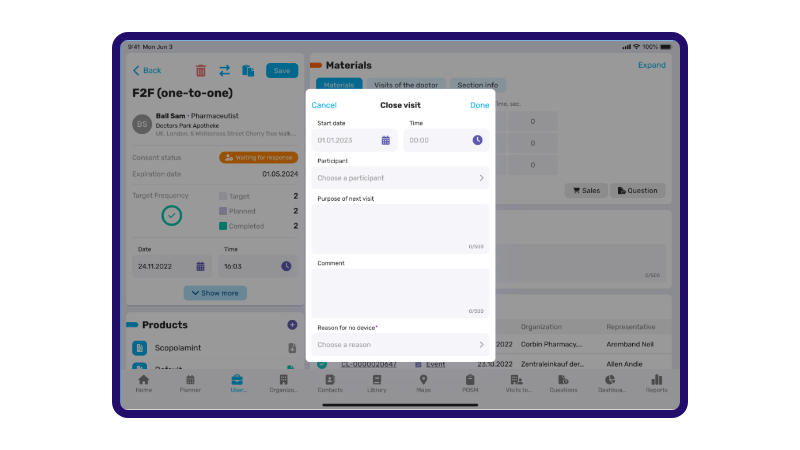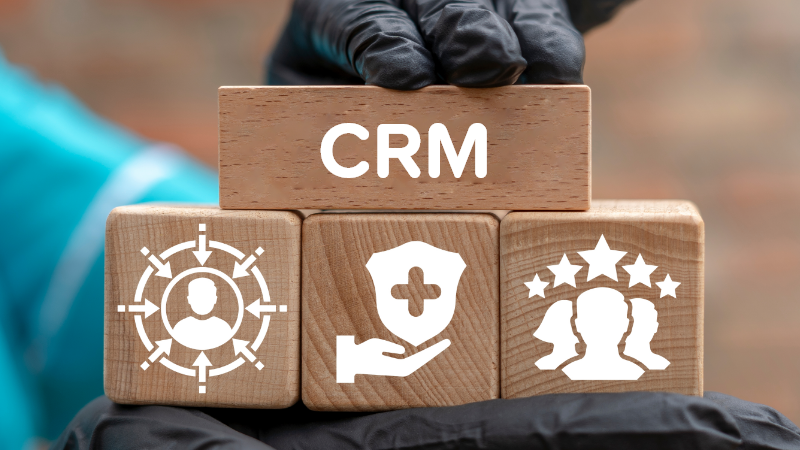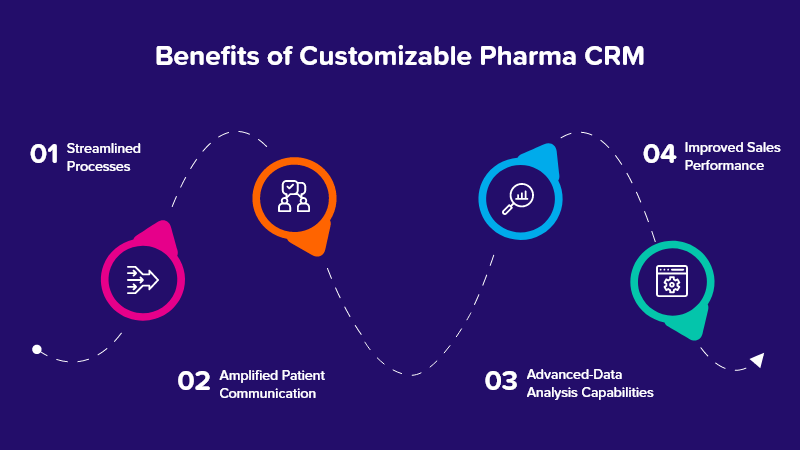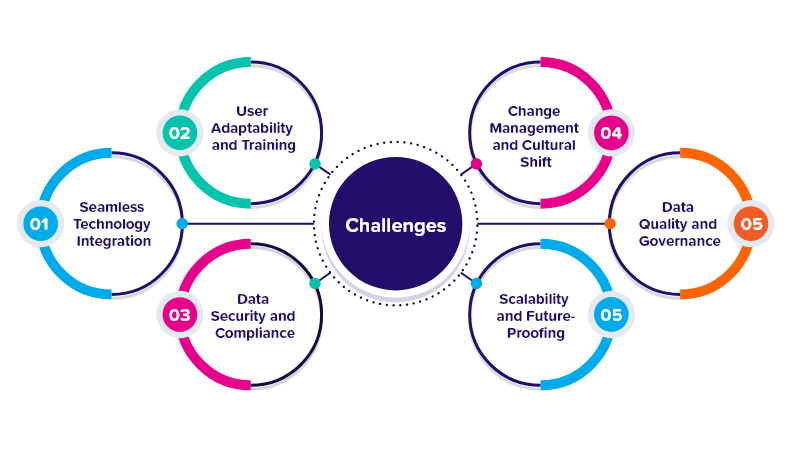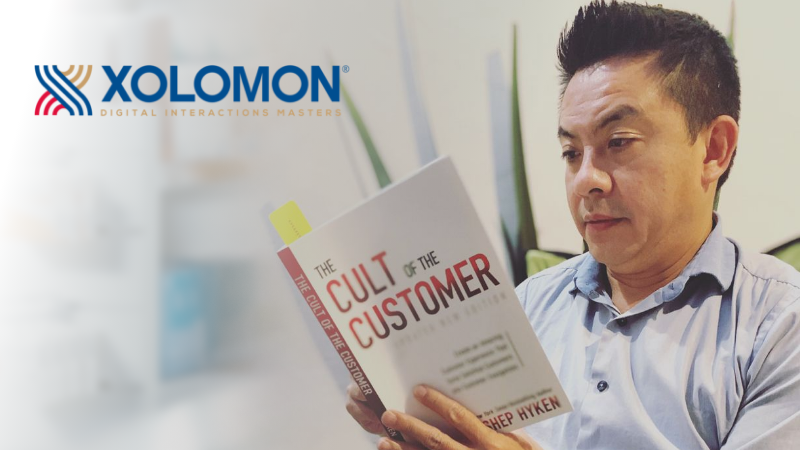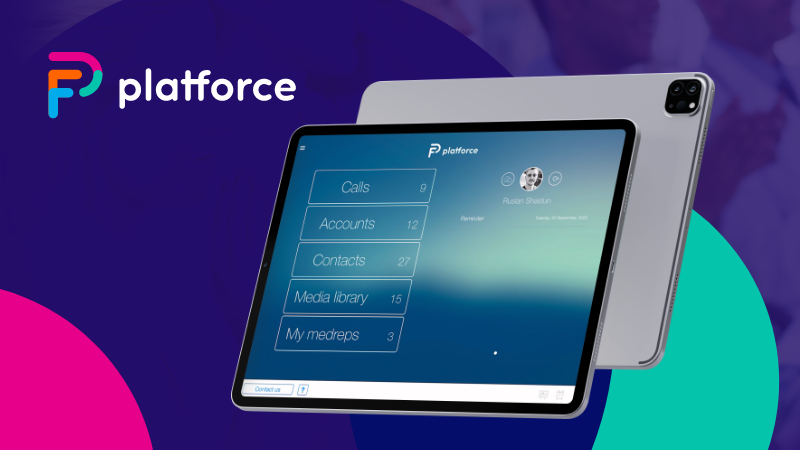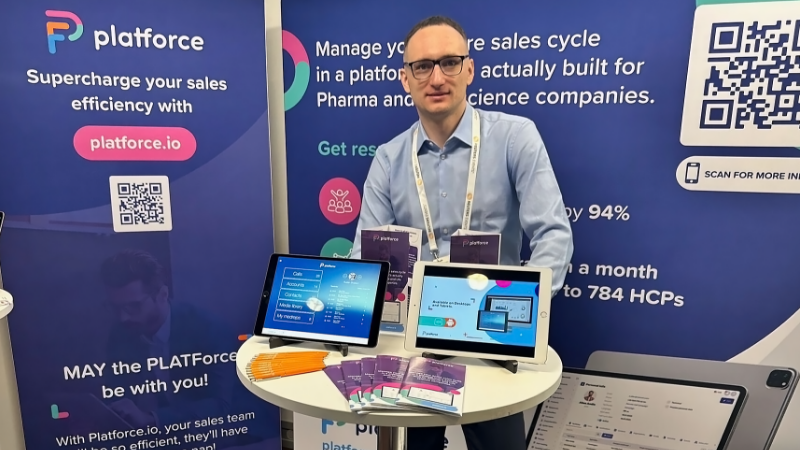KPI (Key Performance Indicator) software is an essential tool for businesses aiming to track and measure their progress toward strategic goals. These platforms provide a centralized analytics solution for visualizing, managing, and analyzing key performance indicators, allowing decision-makers to evaluate performance and implement data-driven changes. By bringing all critical business metrics together into one location, KPI software simplifies measuring performance and provides valuable insights from various data sources.
A comprehensive KPI system can improve an organization’s ability to oversee its operations. This increased transparency ensures that all team members know their performance and accountability. The primary function of KPI software is to create data visualizations and interactive dashboards that display at-a-glance information, making it easier for stakeholders to comprehend complex data and monitor progress in real time.
Many KPI software solutions offer integration capabilities with existing business software, enabling organizations to consolidate data and effortlessly monitor performance. The benefits of adopting KPI software extend beyond mere convenience, as these platforms help businesses identify trends, find areas for improvement, and make informed decisions based on well-organized, easily accessible information.
- Understanding KPI System: Core Components
- Why Your Business Needs a KPI Tracking Software
- Evaluating KPI Dashboard Software: Features and Benefits
- Harnessing the Power of KPI Reporting Software
- The Importance of KPI Reporting Tools in Business Intelligence
- Reviewing the Best KPI Software Available in the Market
- How a KPI Tool Can Drive Business Growth
- Future Trends in KPI Software
Understanding KPI System: Core Components
A KPI system helps organizations effectively measure progress toward strategic goals. At its core, a KPI system comprises four key components.
First, defining KPI is crucial in establishing an effective KPI system. It involves identifying the goals and objectives the organization wishes to achieve and outlining the specific key performance indicators (KPIs) tied to these goals. The chosen KPIs should be measurable, attainable, and relevant to reflect the organization’s progress accurately.
Second, a KPI system must have a robust data collection mechanism. This component involves gathering the necessary data to measure the KPIs accurately. Data can be collected from various sources, including internal systems, external resources, third-party tools, and dashboard solutions. Ensuring reliable, accurate, and up-to-date data is crucial for making data-driven choices.
The third core component of a KPI system is data analysis. This involves processing and interpreting the data collected to track progress and identify patterns and trends. Organizations can better understand their strengths and weaknesses by analyzing the data, making sound decisions, and optimizing their overall performance.
Lastly, reporting and data visualization are critical parts of a KPI system. This component focuses on communicating the analysis results to stakeholders through clear and concise reports, creating dashboards, and interactive charts, dashboards, charts, and other data visualizations. Effective reporting enables decision-makers to understand the organization’s performance at a glance, identify areas for improvement, and track progress over time.
A competent KPI system should consist of these four key components: KPI definition, data collection, data analysis, and reporting and visualization. With these components, organizations can optimize their performance to remain competitive.
Why Your Business Needs a KPI Tracking Software
Implementing KPI tracking software can significantly improve your business’s performance by helping you monitor, analyze, and optimize KPIs. These software tools provide essential insights into your company’s health, which can lead to better decision-making and, ultimately, improved success.
One of the primary benefits of KPI tracking software is its ability to provide a unified view of all your data, showcasing your organization’s overall health. This comprehensive picture helps to identify areas that require improvement, allowing you to allocate resources more effectively and address weak points ahead of time.
Moreover, KPI tracking software offers flexibility regarding data visualization and visual analytics. You can better manage projects and interpret complex data sets with real-time performance and status indicators displayed through visual analytics. This clear representation of key metrics makes it easier to understand trends, manage projects, analyze data, and identify areas working well or those requiring attention.
Another vital factor is how KPI tracking software helps businesses align their actions with strategic goals. Companies can stay on track with their profit, growth, and overall performance objectives by ensuring that employees and teams are focused on relevant KPIs. This alignment creates a more efficient and effective workforce that drives the organization toward its desired outcomes.
KPI tracking software can save time and effort by automating the process of data collection, analysis, and reporting. By employing advanced KPI tracking tools, managers and leaders can concentrate on making data-based decisions rather than sifting through vast amounts of multiple sources of information to pull essential data points and create reports manually, ultimately increasing the entire team’s productivity.
KPI tracking software is essential to any business aiming to optimize its performance and stay competitive. It offers insight into areas that need improvement, promotes alignment with strategic goals, and simplifies the analysis and reporting process. Such tools can drive significant gains in efficiency and success.
By understanding the role of pharmaceutical KPIs, businesses in this industry can better pursue their goals, which often revolve around promoting patient health while maintaining profitability. The implementation and monitoring of pharmaceutical KPIs require careful planning and strategic use of the right tools and metrics. Strong leadership is needed to oversee the process and make data-driven decisions to ensure success. Furthermore, incorporating these KPIs into daily operations can improve research and development, manufacturing, product education, compliance, and overall company growth.
Evaluating KPI Dashboard Software: Features and Benefits
KPI dashboard software is designed to help businesses track and monitor their KPIs in real-time. By providing actionable insights and an overarching view of important metrics, these software tools enable companies to make solid decisions, motivate team members, and adjust strategies as needed.
KPI dashboards typically offer data warehouse integration, visualization tools, and reporting features. Businesses can centralize their data in one location by connecting various data sources to the software. Cloud-based KPI dashboard platforms can connect to numerous data sources.
Visualization plays a significant role in dashboard software; it allows users to present complex data in a visually appealing and easy-to-understand format. Many KPI dashboard software solutions allow users to create customizable charts and dashboards for tracking specific projects, work, and financial KPIs.
Reporting is another pivotal feature of the right KPI, dashboard solutions, and software. Automatic report generation enables businesses to monitor their progress consistently and accurately. Before selecting the right KPI software, it is vital to ensure that it provides options for customizing reports based on the company’s unique needs.
Some popular KPI dashboard software options include Klipfolio, Geckoboard, Databox, Mixpanel, Arena Calibrate, Zoho Analytics, Mode, InetSoft, Tableau, Praxie, Smarten Augmented Analytics, and DashThis. These tools enable companies to stay agile and thrive in an ever-changing business. Several factors must be considered when evaluating which software to choose, including compatibility with currently used software, data source integrations, ease of use, scalability, and pricing.
Harnessing the Power of KPI Reporting Software
Interactive reports and dashboards make accessing and evaluating essential data easy for non-technical users. These tools ensure clarity, accuracy, and efficiency in managing overall performance.
One key aspect of this software is its ability to integrate diverse data from multiple sources, offering a comprehensive overview of various aspects of business performance. A cloud-based KPI dashboard platform should connect seamlessly with multiple data sources. These integrations are critical in gathering holistic insights into a business’s performance.
Additionally, these software solutions provide visual insight to understand complex data sets better. Users can create and develop customizable dashboards to swiftly analyze business data and identify trends, patterns, and areas of concern, making the best decisions to optimize performance. Various customization options allow organizations to tailor their KPI reports and utilize itemized metrics for their specific needs.
Moreover, KPI software empowers businesses with real-time monitoring Google Analytics capabilities, enabling quick identification of performance fluctuations and proactive adjustments. This feature allows companies to maintain a competitive edge and maximize their return on investment (ROI).
Organizations can maintain a competitive advantage and drive continuous improvement by leveraging these tools’ diverse integrations, potent visualization, automated alerts, and real-time monitoring features.

The Importance of KPI Reporting Tools in Business Intelligence
KPI reporting tools play a vital role in business intelligence by providing organizations with an efficient way to analyze KPIs and gauge their progress toward specific goals. As data-driven decision-making becomes increasingly important, having a comprehensive KPI reporting tool is crucial for staying ahead in the competitive business world.
These tools offer a unified view of data, enhancing visibility into the company’s overall health and enabling stakeholders to understand various aspects of their performance. By displaying data in a customizable and visual way using charts, tables, and graphs, KPI reporting tools make it easier for users to analyze business data and see trends and patterns in pulling data, pull data used, important pull data call points, and areas for improvement in the import data.
KPI reporting tools also have customizable metrics that enable other marketing agencies, marketing and sales data teams, and organizations to analyze data on:
Set and track strategic goals: Aligning KPIs with organizational goals can help companies achieve desired outcomes like increased profits, growth, or sales levels.
Make data-driven decisions: With insights derived from KPIs, businesses can optimize their operations to improve efficiency and effectiveness.
Monitor performance in real-time: Modern KPI tools are often interactive, allowing users to access underlying data quickly and make timely adjustments.
Selecting the KPIs that align with organizational goals and strategies is essential. This can enable businesses to track progress accurately and avoid focusing on the wrong performance areas. For optimal results, KPIs should be SMART (Specific, Measurable, Achievable, Relevant, and Time-bound).
Reviewing the Best KPI Software Available in the Market
The market offers a variety of KPI software options, each catering to different business requirements and functions. This section will briefly overview some of the top KPI software solutions available in 2023.
Domo is a cloud-native data experience platform that goes beyond traditional business intelligence and analytics. With a focus on making data visible and actionable insights, Domo’s analytics solution is highly rated for its ability to help businesses efficiently manage and monitor their KPIs.
Another popular choice is ClickUp. Known as a project management and productivity platform, ClickUp also offers robust KPI tracking capabilities. It provides a wide range of project management and collaboration features, making it suitable for teams looking to improve their performance.
Scoro is a KPI dashboard software that allows businesses to oversee every aspect of their operations on one or multiple real-time business dashboards. Scoro integrates with all your data and existing software to create your real-time business dashboards or to create dashboards that provide a unified real-time system for tracking and monitoring projects, work, and financial KPIs.
A few other notable KPI software options include:
Sisense for its powerful business intelligence and analytics tools, providing businesses with insights to make real-time decisions.
Fathom with its user-friendly interface and ability to analyze company insights and performance data.
Bright Gauge for its strong focus on data visualization, allowing businesses to communicate their KPIs and insights to stakeholders easily.
Cascade is the highest-rated strategy execution platform that offers powerful KPI features, making it a go-to choice for high-performing teams in various organizations.
When selecting the free version of a KPI software, evaluate each option based on your business requirements, budget, and desired key metrics and features. Choosing a free version of a solution that effectively helps your organization monitor and improve its key performance indicators is essential, allowing for better decision-making and enhancing overall performance.
How a KPI Tool Can Drive Business Growth

One of the primary benefits of using a KPI dashboard software is the ability to oversee every aspect of your business in real-time. With a comprehensive view of projects, work, sales data, and financial KPIs, managers can make informed decisions, leading to better allocation of resources and enhanced operational efficiency.
Another advantage of KPI tools is their data import and data integration capabilities. Powerful software like Klipfolio can connect to data and import data from nearly any data source, providing businesses with a unified data visualization tool and reporting platform. This streamlined data import approach eliminates data silos and ensures that decision-makers have access to accurate and up-to-date information.
In today’s digital world, keeping up with emerging technologies and market trends is crucial for business growth. Advances in machine learning and predictive algorithms have transformed KPI tools into prescriptive indicators that guide strategy rather than just keeping score. These data insights help businesses stay ahead of the curve.
To maximize the potential of a KPI tool, businesses should consider the best KPI software and features available on the market.
Conclusion: Future Trends in KPI Software
As businesses prioritize data-driven decision-making, the demand for practical KPI tools for data visualizations and analytics also grows. Advancements in KPI software aim to support diverse industries in measuring performance while considering the ever-changing data landscapes.
One significant trend affecting KPI software in 2023 is the increased focus on remote work. The shift to remote operations had companies reevaluating their performance indicators, pushing KPI software developers to integrate key metrics and features for remote work efficiency and employee well-being. These KPIs include remote work software utilization rates, time spent in virtual meetings, work-life balance metrics, and remote employee engagement and satisfaction indicators.
Automation also plays a significant role in the future of KPI software. As businesses seek to streamline operations and reduce manual data entry, KPI tools offering automated data importing, real-time updates, and advanced analytics will be popular. Users require KPI software to connect seamlessly to a broad range of data sources, enabling easy access and interpretation of essential information.
Additionally, customization of the user interface remains a critical aspect of KPI software, highlighting the need for versatile tools to accommodate unique, industry-specific metrics. Companies increasingly desire the ability to tailor dashboards to display the most relevant KPIs for their sector, ensuring that they address the particular performance parameters unique to their businesses.
The future trends in KPI software revolve around flexibility, automation, remote work adaptability, and customization. As the market evolves, companies can expect increasingly sophisticated tools that address their specific KPI requirements efficiently and effectively. If you have questions about how Platforce can enhance your KPIs and integrate with your CRM, please get in touch with our team, and we’ll be happy to answer all your questions.
Platforce is the best CRM software for lead generation, order management, sales automation, and task management. Unlike other software, Platforce gives your company all it needs to optimize customer relations and boost customer experience. Try out the Platforce CRM system with a demo or tour now. You can also stay updated on our Youtube and LinkedIn channels.






